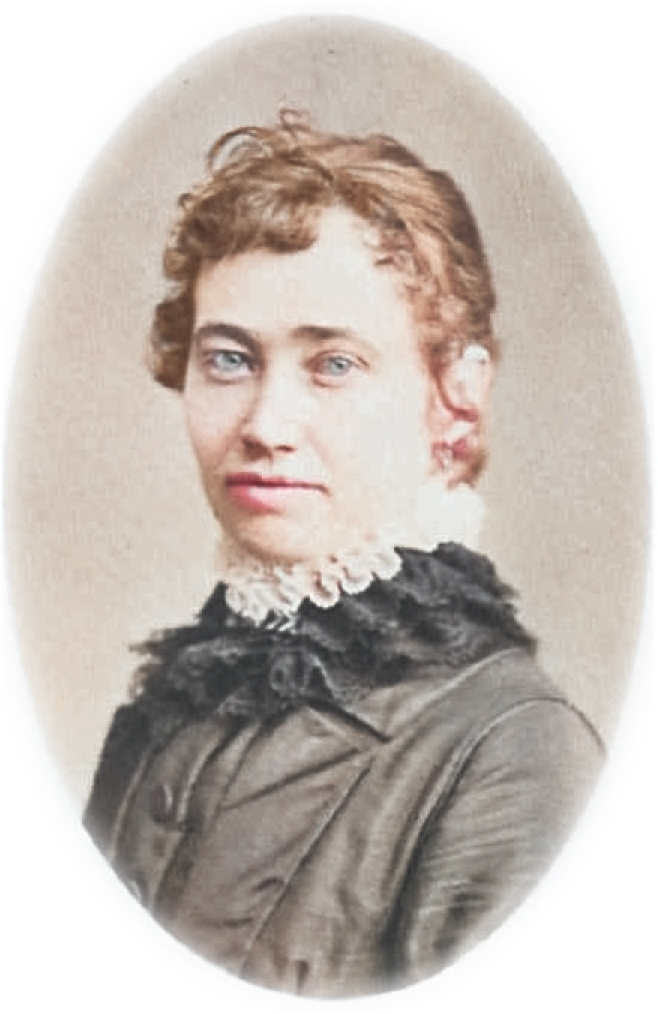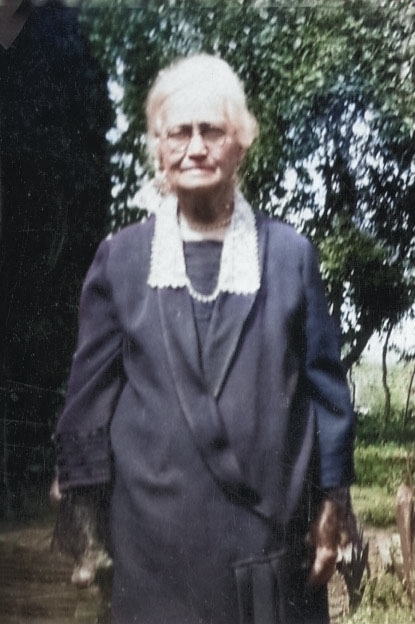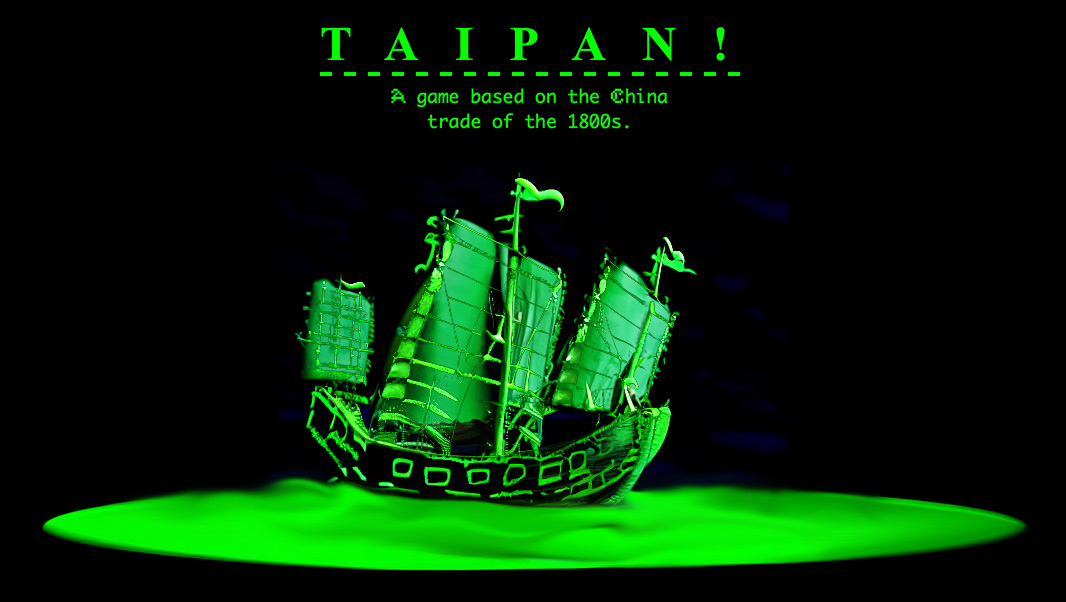Taipan! is an old Apple II game that I used to play as a kid.
Taipan is a classic strategy game that was originally released for the Apple II computer in 1982. It was developed by Art Canfil and published by Avalon Hill. The game is set in the 19th-century Far East and allows players to become wealthy merchants by trading goods and engaging in naval battles.
In Taipan, players start with a small amount of money and a ship, and their goal is to build a successful trading empire. They can purchase goods at various ports and then sell them at other ports for a profit. The game includes a dynamic economic system, with prices fluctuating based on supply and demand. Additionally, players must manage their ship’s crew, deal with pirate attacks, and navigate through storms and other hazards.
Taipan gained popularity for its engaging gameplay and strategic depth. It was known for its detailed graphics, considering the limitations of the Apple II’s hardware, and its challenging gameplay. The game’s success led to ports and adaptations for other platforms, such as the Commodore 64 and MS-DOS.
Although it’s been several decades since its release, Taipan remains a beloved classic among retro gaming enthusiasts and is often remembered as one of the standout titles for the Apple II computer.
I’m delighted to have discovered a webpage hosting a javascript port of the original game. Some of the delays were annoying me so I made my own copy and shortened them. Eventually I might get around to adding the ability to repay the money lender more and take advantage of the 100% interest bug.
I also discovered where one can find the most statistically likely cheapest and most expensive places to buy and sell a given commodity with these arrays:
var BP=[['Opium',11,16,15,14,12,10,13],
['Silk',11,14,15,16,10,13,12],
['Arms',12,16,10,11,13,14,15],
['General Cargo',10,11,12,13,14,15,16]];
Each cargo type is represented by an inner array, where the first element is the name of the cargo, and the subsequent elements represent the pricing coefficients for the ports.
The ports are indexed from 1 to 7, with the pricing coefficients following this order. So, for example, the pricing coefficients for Opium correspond to the ports in the following order: Port 1 Hong Kong – 11, Port 2 Shanghai – 16, Port 3 Nagasaki – 15, Port 4 Saigon – 14, Port 5 Manila – 12, Port 6 Singapore – 10, and Port 7 Batavia – 13.
These coefficients play a role in determining the prices you’ll encounter when trading in each port. They’re used as multipliers or modifiers to the base price of a cargo type. The higher the coefficient for a specific port, the more likely the prices for that cargo type will be high in that port. Conversely, lower coefficients create prices for that cargo type that are relatively lower.
By utilizing these coefficients, it makes it easier to strategically plan trading routes and make decisions based on which ports are likely to offer the best returns for buying and selling different types of cargo.




